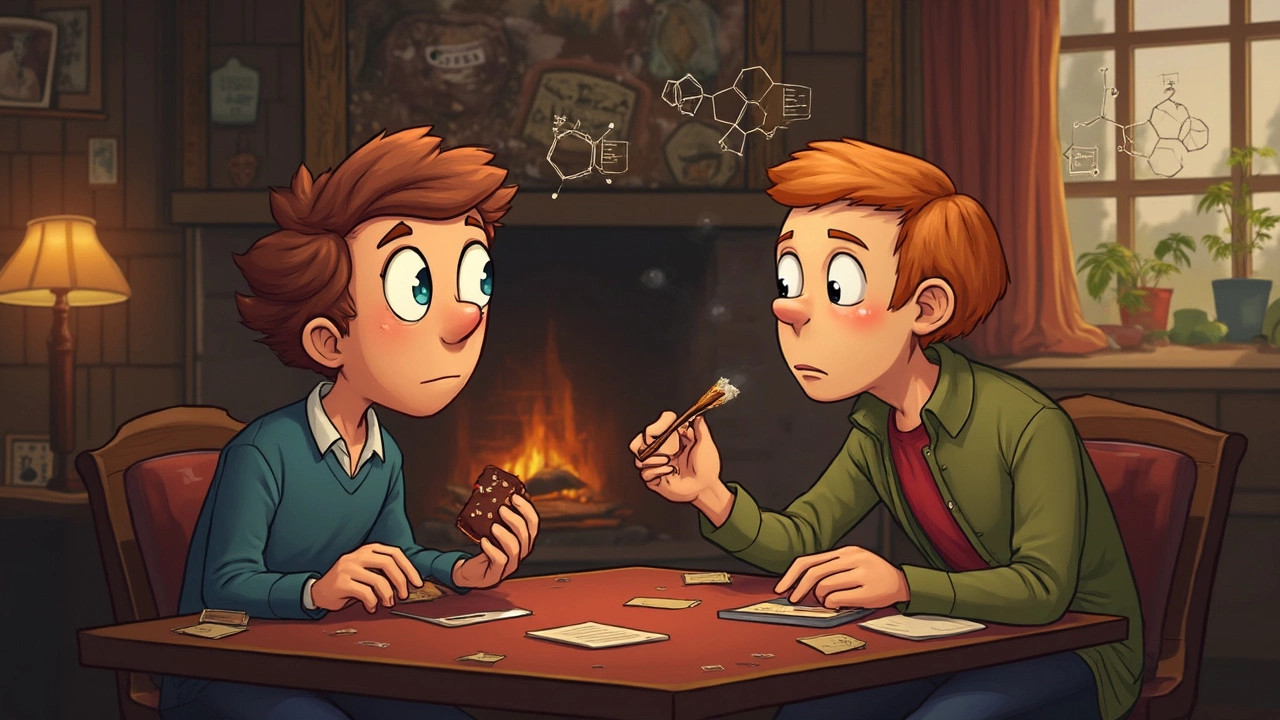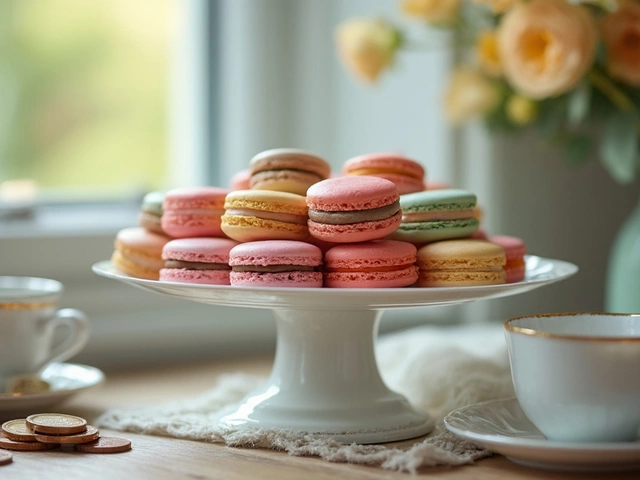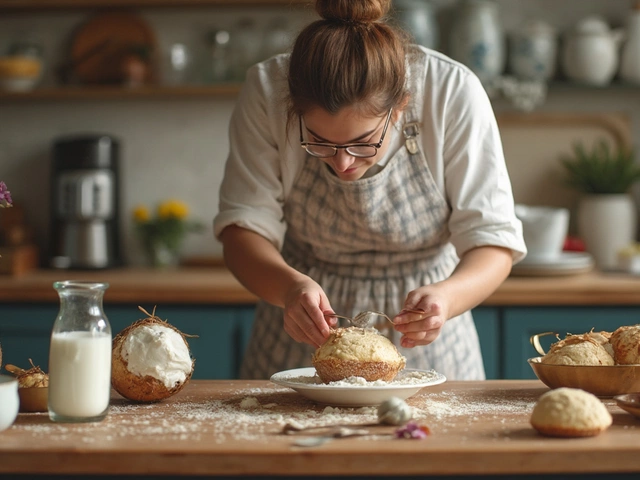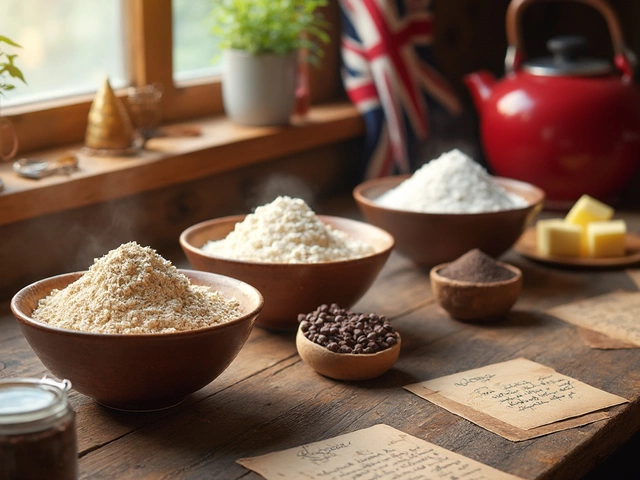Cannabis: What You Need to Know
If you’ve heard the word “cannabis” pop up everywhere, you’re probably curious about what it actually is and how it can fit into a normal day. In short, cannabis is a plant that people use for medicine, relaxation, and even cooking. It’s not a mystery, but there are a few things most beginners miss – like why strain matters, how dosage works, and what to watch out for when you try it at home.
First off, cannabis comes in three main parts: the flower (or bud), the leaves, and the oil or concentrate. The flower is what most people smoke or vape, while the oil can be added to food or taken as a dropper. Each part contains chemicals called cannabinoids; the two most talked‑about are THC, which gives the “high,” and CBD, which is known for calming effects without a high. Knowing which one you want helps you pick the right product.
Common Uses of Cannabis
People use cannabis for three big reasons: medical relief, recreation, and cooking.
Medical users often look for pain relief, better sleep, or reduced anxiety. CBD oils and low‑THC strains are popular because they can target those issues without making you feel “spaced out.” If you’re considering cannabis for health reasons, start low, talk to a doctor, and keep a journal of how you feel.
Recreation is the most visible side. Smoking or vaping a balanced strain can create a relaxed mood, spark creativity, or simply help you unwind after a long day. The key is to start with a tiny dose – think a single puff or a few milligrams of an edible – and see how your body reacts. Everyone’s tolerance differs, so what feels mild for a friend might feel strong for you.
Cooking with cannabis, also called “infusing,” turns the plant into tasty treats. The process usually starts by decarboxylating the bud – heating it at about 220°F for 30‑40 minutes – which activates THC and CBD. After that, you mix the ground herb into butter, oil, or alcohol, let it simmer low and slow, then strain it out. The resulting infused butter (often called “cannabutter”) can be used just like regular butter in brownies, cookies, or sauces.
Safe Cooking with Cannabis
When you cook, two things become most important: dosage and taste. A common beginner mistake is loading a recipe with too much cannabis, which can lead to an uncomfortable night. A good rule of thumb is to aim for 5‑10 mg of THC per serving for a mild effect. If you’re using a strong concentrate, you’ll need far less than if you’re using flower.
Measure your infused butter carefully. If a recipe calls for 1 cup of butter and you’ve infused 1 cup with 5 g of cannabis, you can estimate the THC content based on the plant’s potency (usually listed on the package). Then split the batter into the number of servings you plan to make, and you’ll have a rough idea of how much each piece contains.
Flavor can be a surprise – cannabis can add a nutty, earthy note that blends well with chocolate, coffee, or spices like cinnamon. If the taste is too strong, add a splash of vanilla extract or a bit more sugar. Always let your baked goods cool completely before serving; heat can sometimes mute the flavor but won’t change the potency.
Finally, keep your infused goodies out of reach of kids and pets. Store them in a clearly labeled container in the fridge, just like any other perishable item. If someone accidentally eats too much, the best response is to stay calm, hydrate, and wait it out – the effects usually wear off within a few hours.
Whether you’re curious about the health side, want to explore a new hobby, or simply enjoy a tasty treat, cannabis offers a lot of options when you approach it responsibly. Start small, stay informed, and enjoy the journey.





